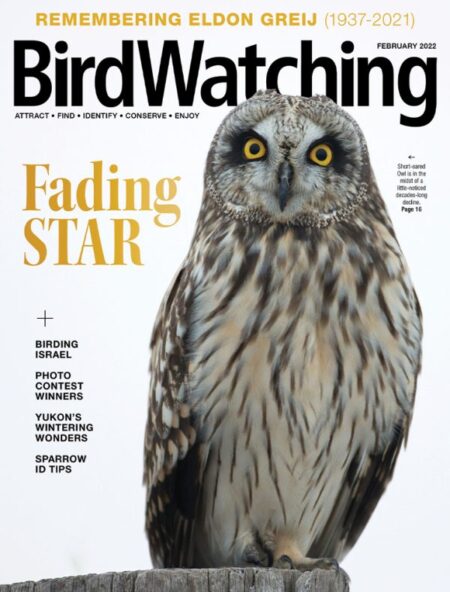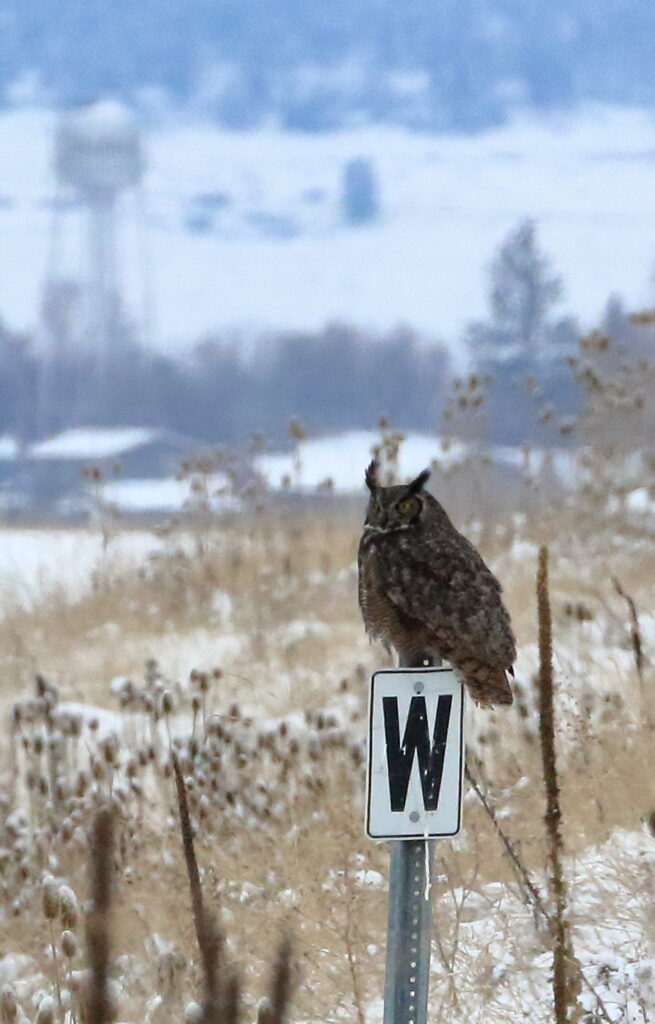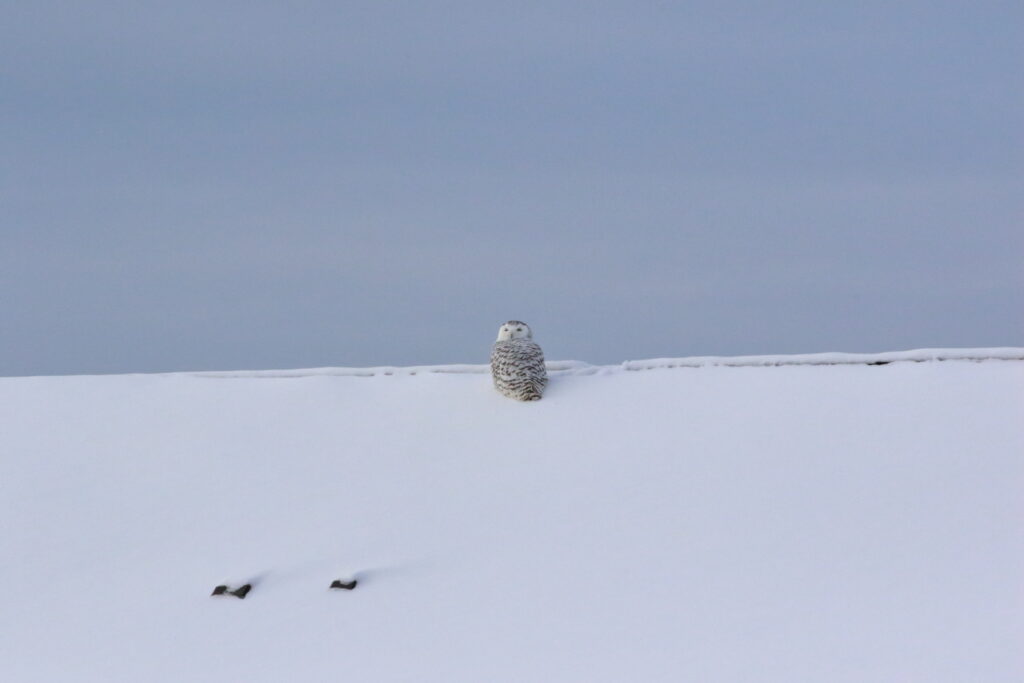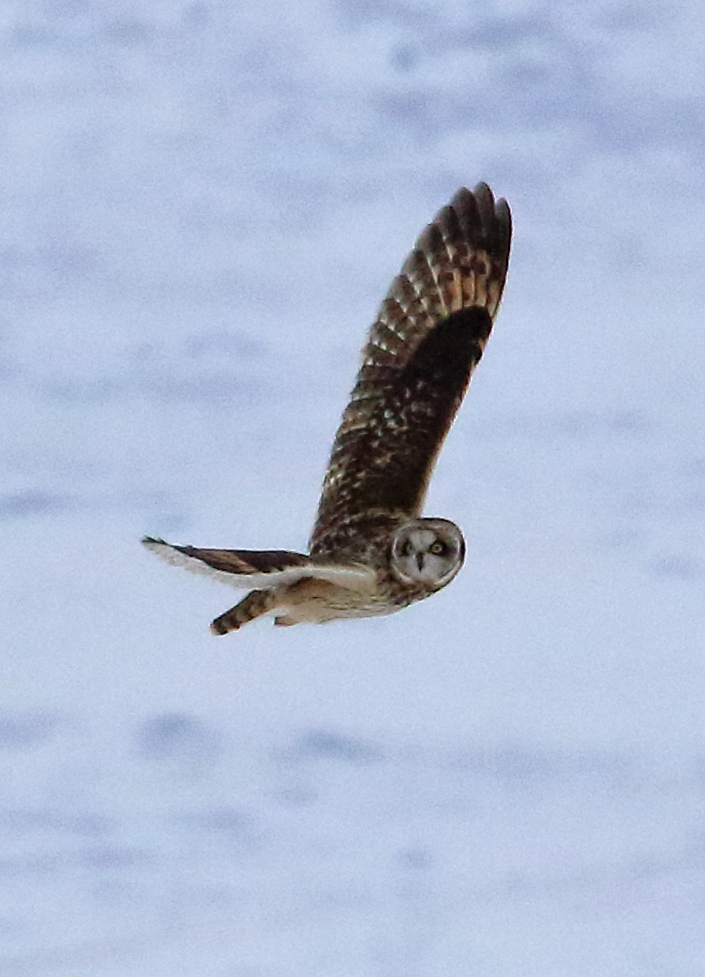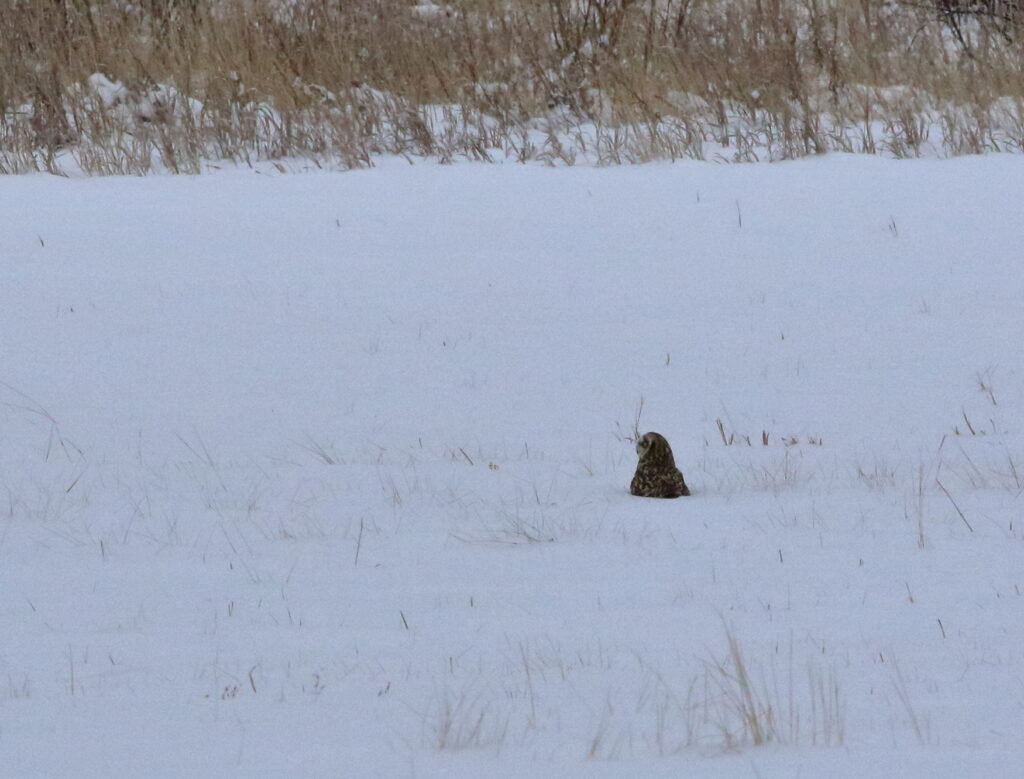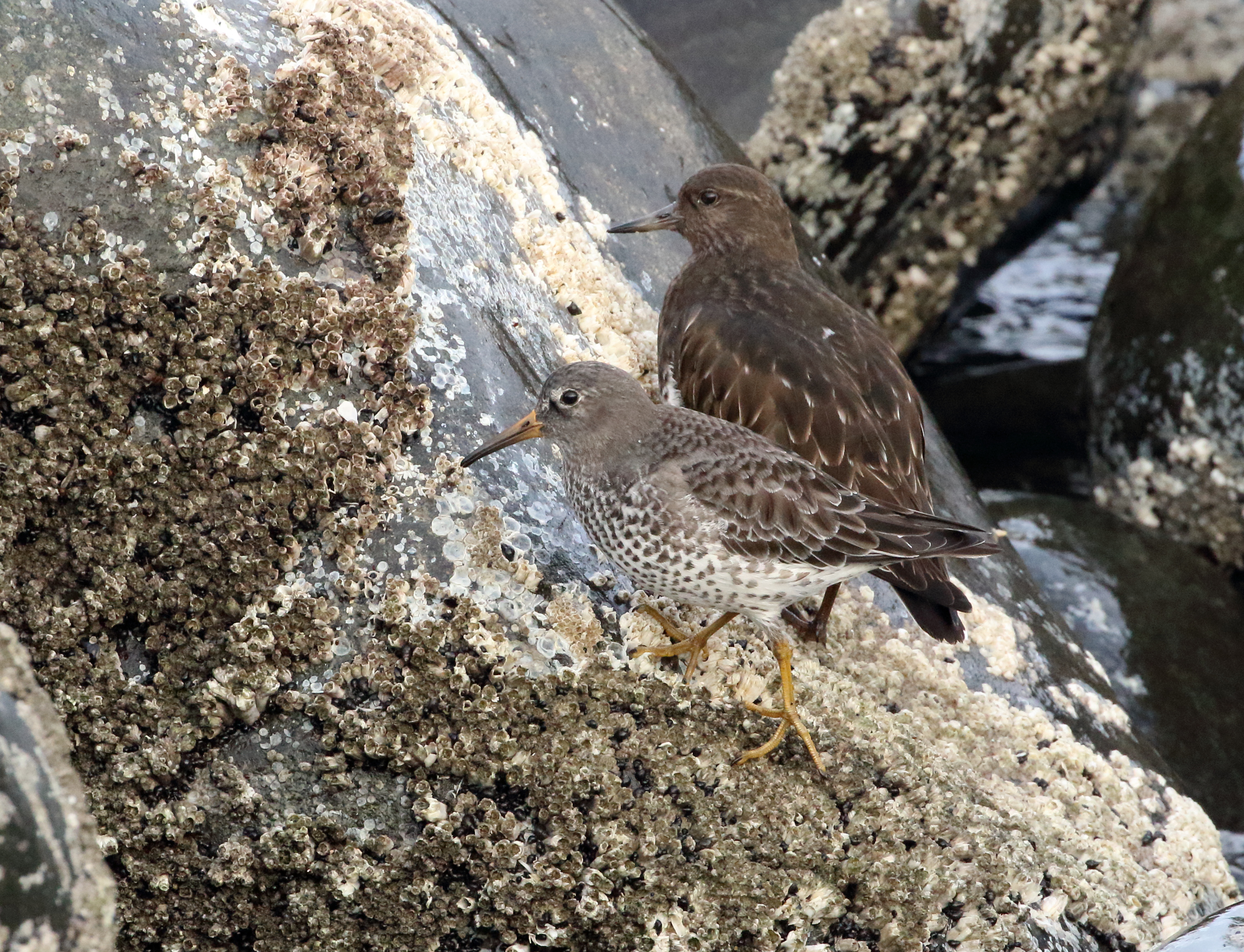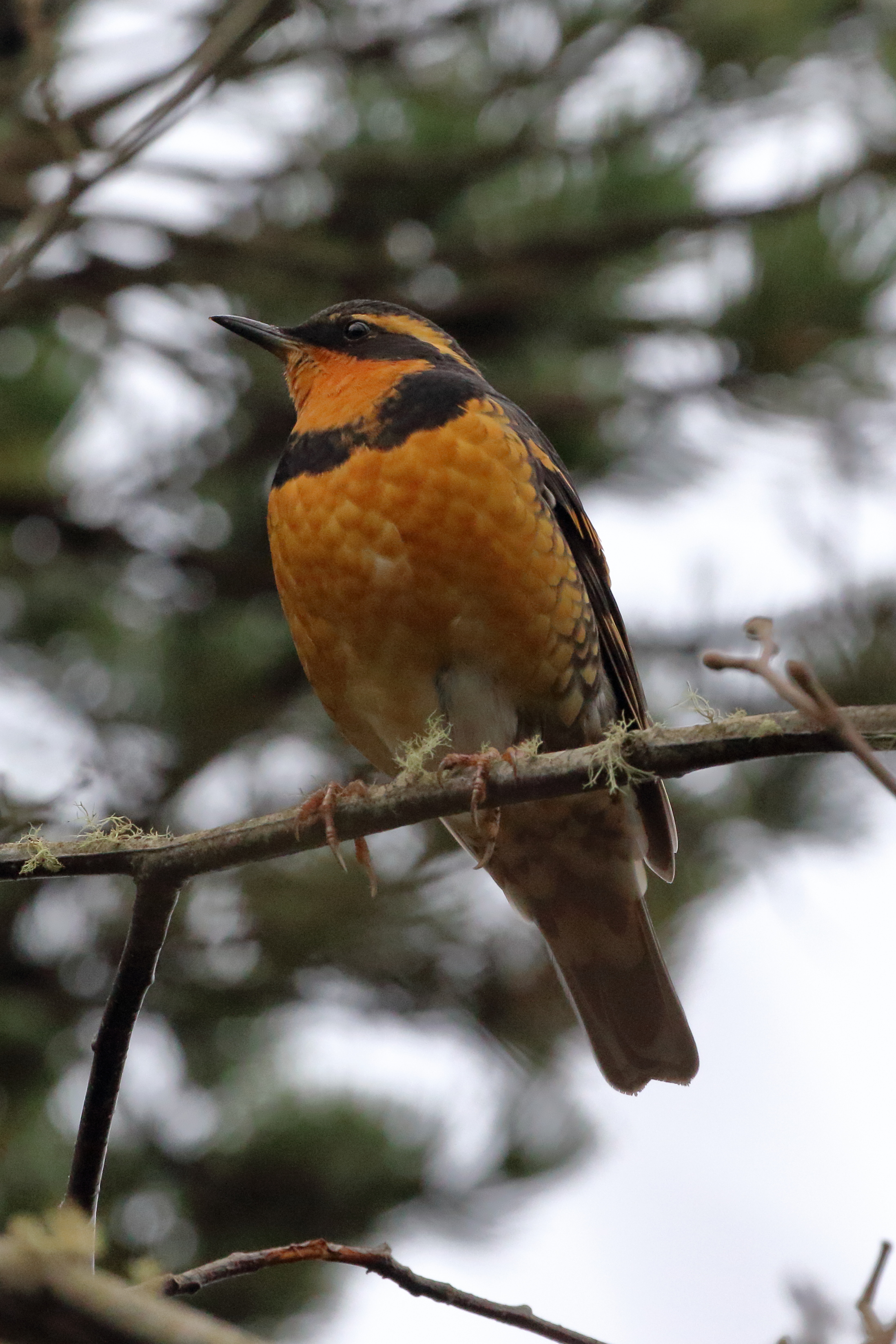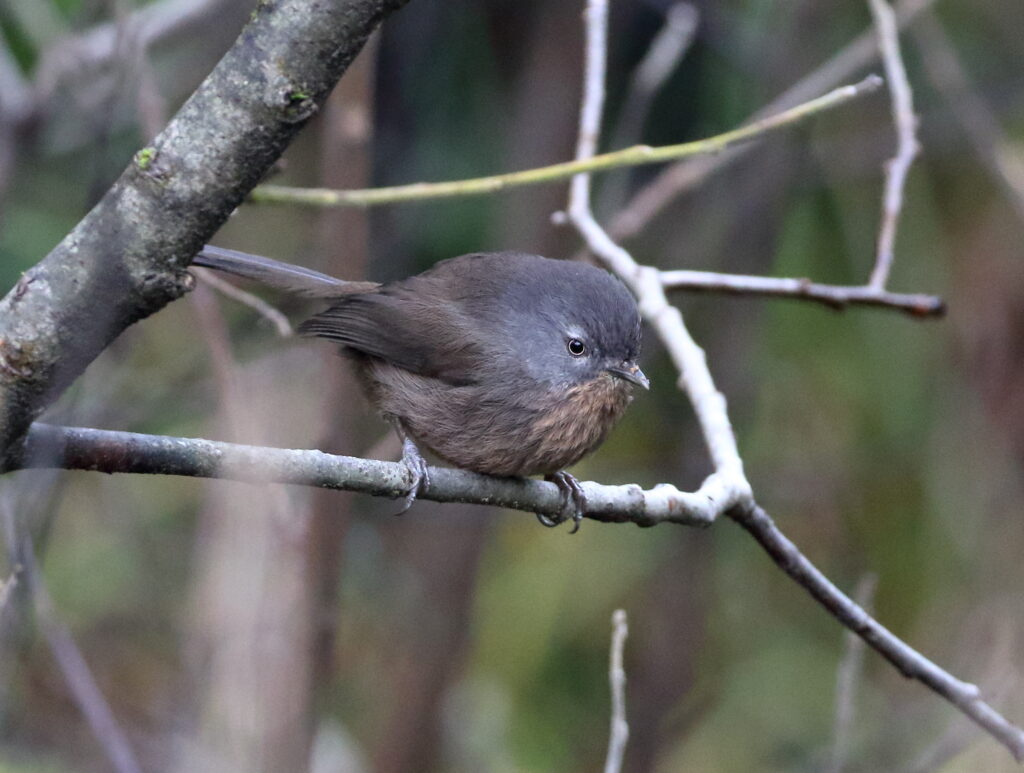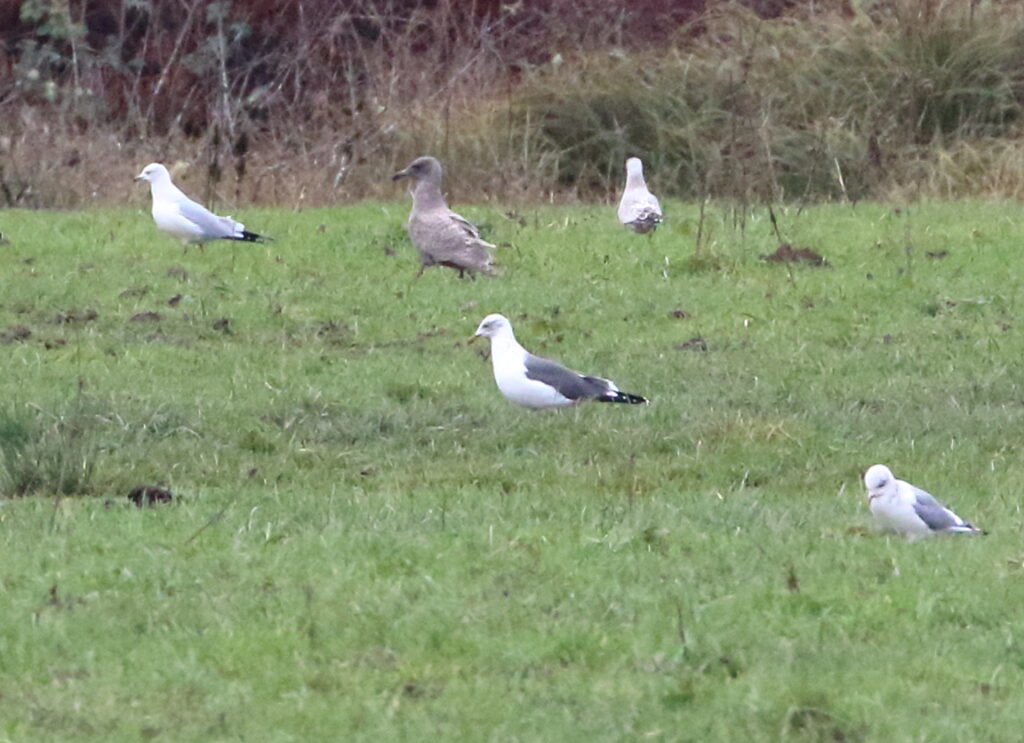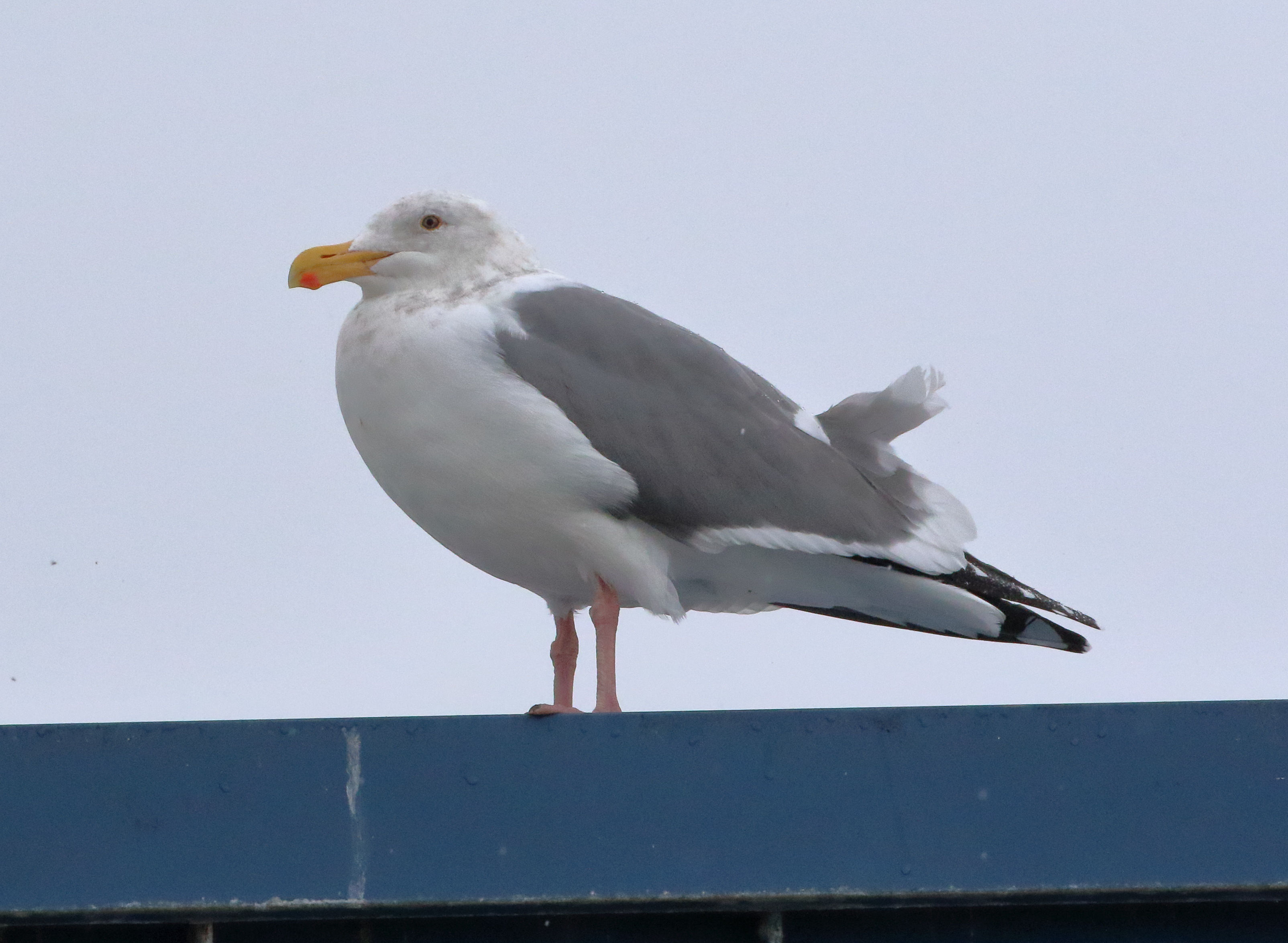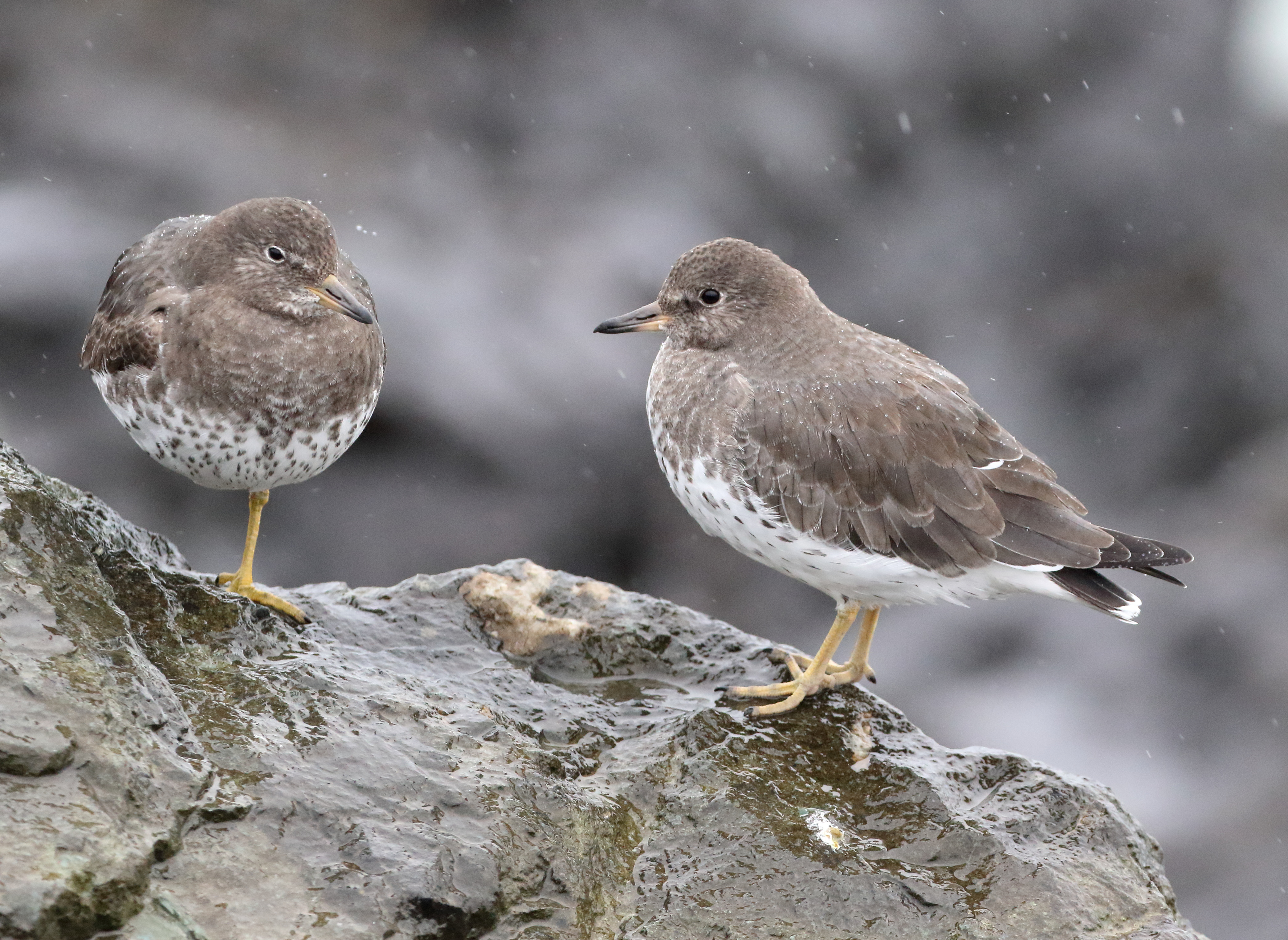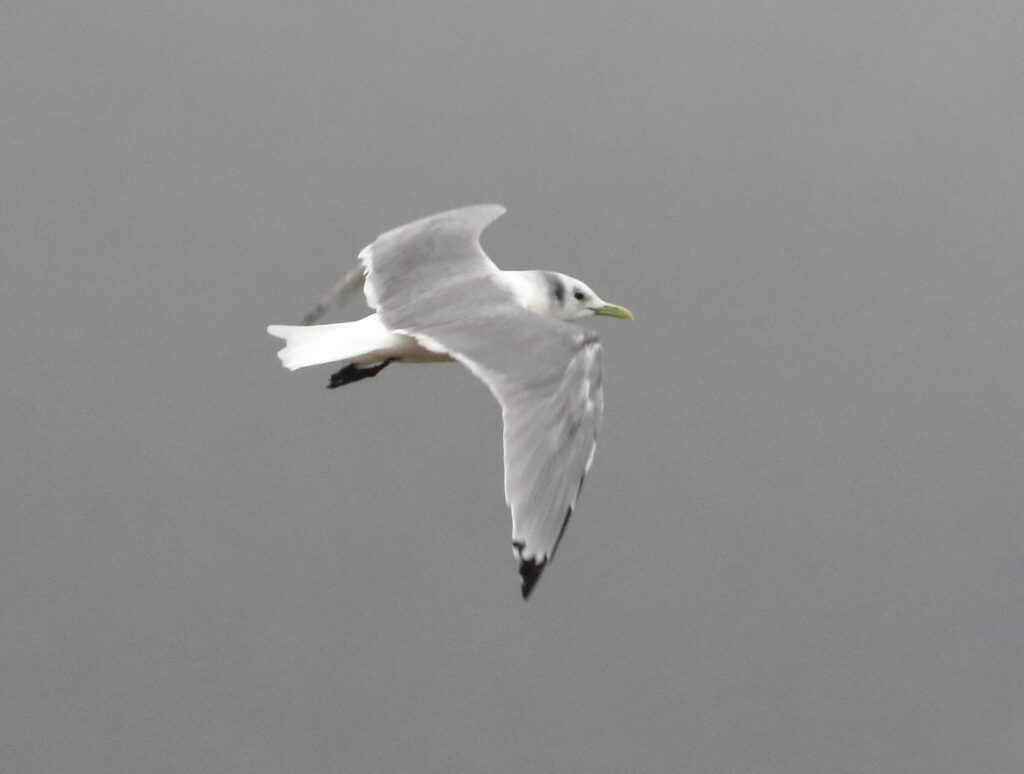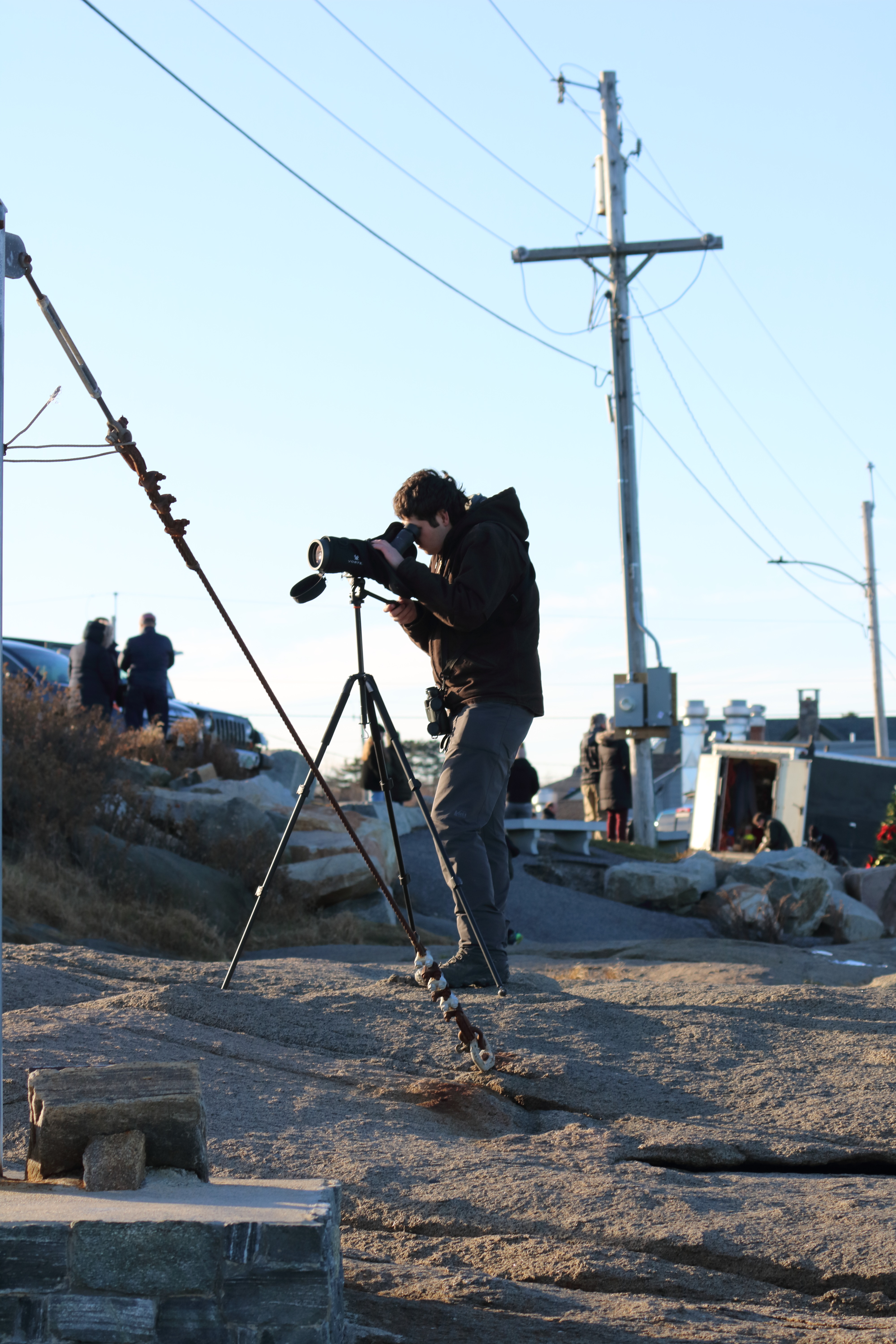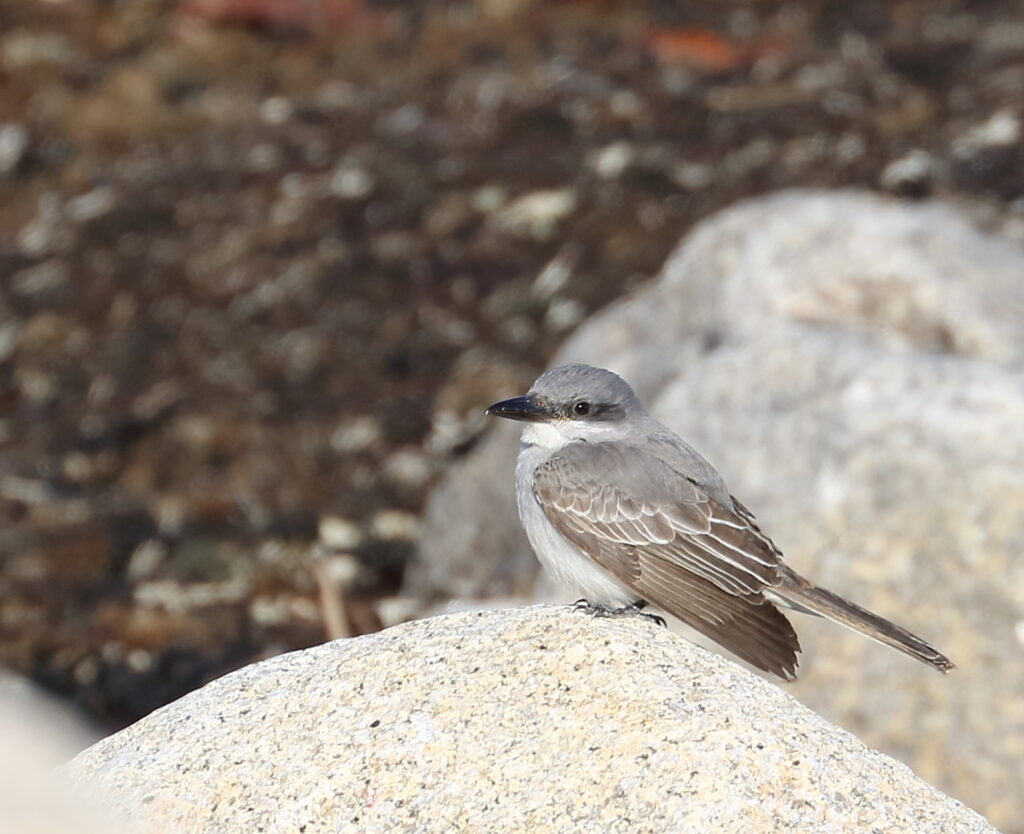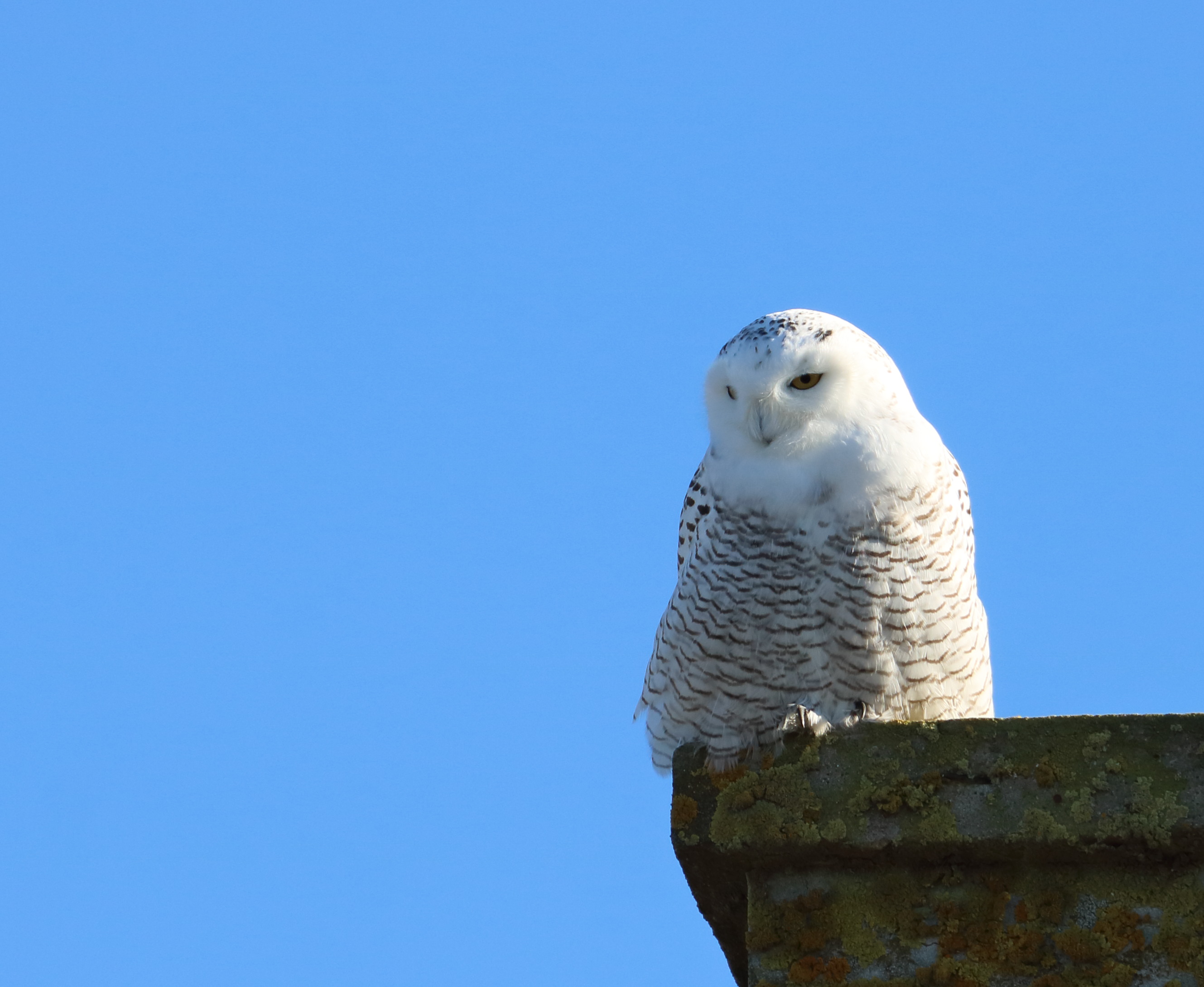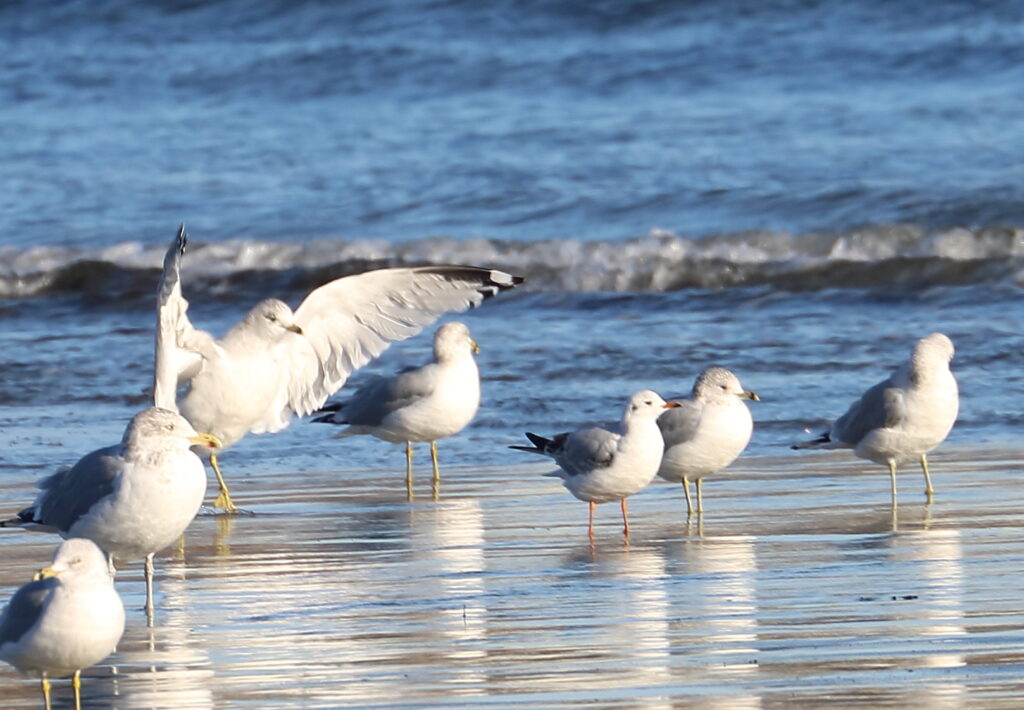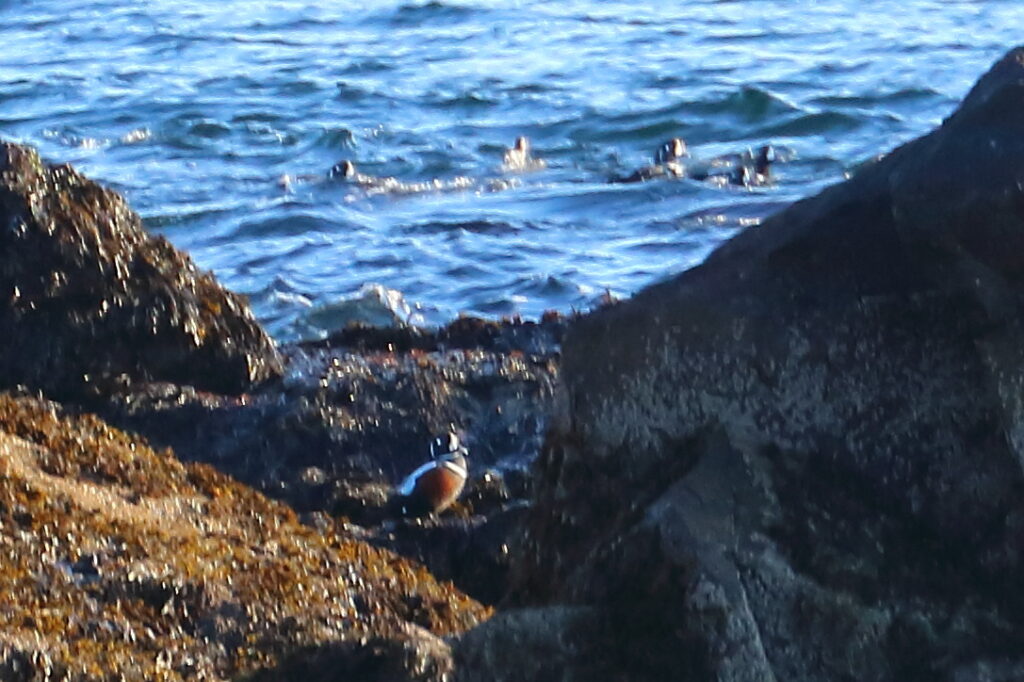Please share this post—and don’t forget to subscribe 🙂
News Flash: As if to underscore how difficult it is to keep a magazine going these days—and how much bird-related magazines need our help—as soon as I posted this I learned that Bird Watcher’s Digest was sadly forced to close its doors. But see the next paragraph . . .
Summer 2022 Update: I am happy to announce that Bird Watcher’s Digest is back in business! Its passionate staff found new backers for this venerable bird publishing icon. To subscribe, click here—and you might even find an article by yours truly!
Birds aren’t the only things that need our help these days. So do bird and birding magazines! You all probably know about Audubon, and yes, it is first rate. But are you aware of the many other great birding magazines out there? Braden and I have devoured quite a few and thought it might be useful to share our recommendations. At least a couple of these magazines/organizations have seen a big drop in advertising revenue because of covid and the limitations on bird-related travel, so we encourage you to take the plunge and subscribe or join. Not only will you receive great content, you will help support the larger birding community that is so essential to protecting the birds that we love. And no, we are not being compensated by any of these journals—though we would dearly love a free trip to South Georgia and the South Sandwich Islands. Hello? Is anyone listening? O’well. Here goes:
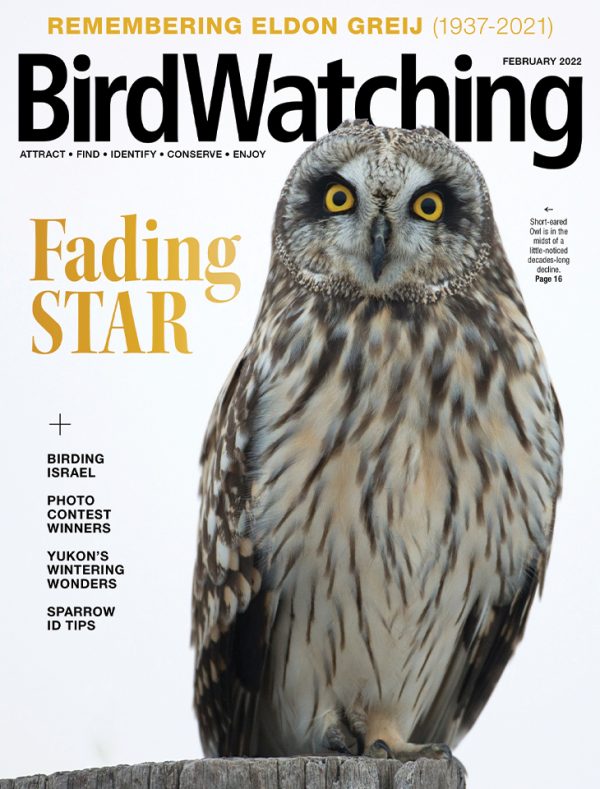
BirdWatching may be my favorite birding magazine—and not just because I write for it. It offers a wonderful variety of news, ID Tips, and science, but also entertaining features on conservation, travel, and photography. It regularly features columns by Laura Erickson, Pete Dunne, Kenn Kaufman, David Allen Sibley and other top birding experts. Subscribe here.
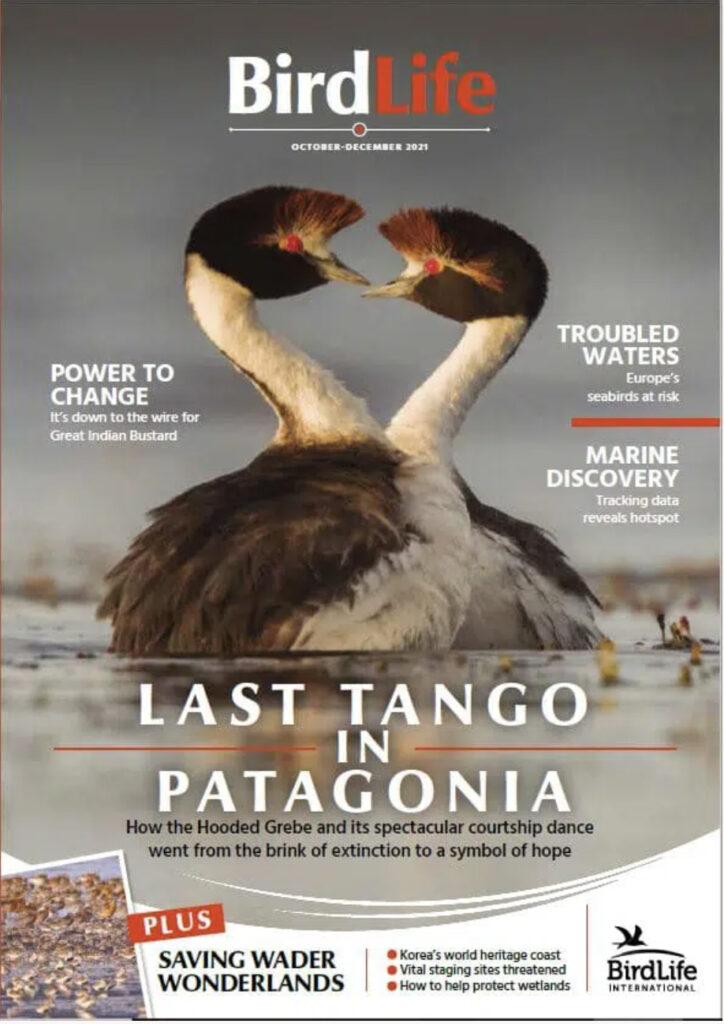
BirdLife is Braden’s favorite magazine because of its focus on bird conservation. This quarterly—which comes with membership to BirdLife International—offers an engaging mix of conservation news, alerts, science, and stories about the group’s many successes. It’s impossible to read this without feeling more engaged and hopeful about what humanity is doing to protect birds. Join here.
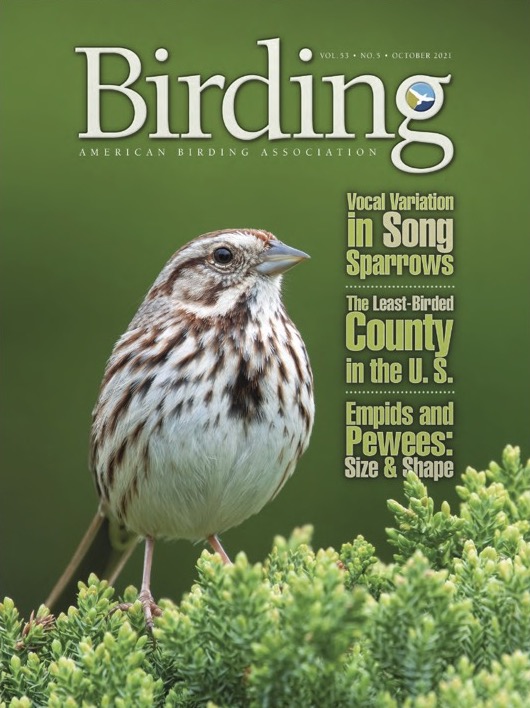
Birding caters to members of the American Birding Association, offering a wonderful mix of articles on birds, birding, travel, science, and conservation. It appeals especially to “listers” but also will interest anyone else with a love of birds. Plus, you will receive other ABA benefits when you join. Join the ABA here.
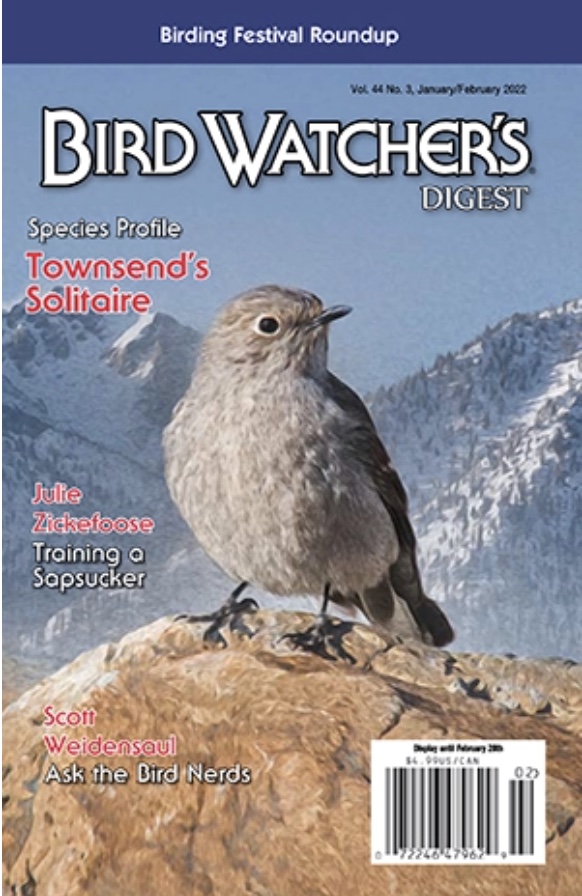
(See note at top of blog!) Bird Watcher’s Digest may be a more familiar name for many of you, and gives off a more informal “Mom and Pop” vibe, but don’t let that fool you. Despite its smaller, “hand-held” trim size, it is loaded with interesting articles, species accounts, ID tips, and other resources that I always find useful. My article “Messier is Betterer” appears in their Jan/Feb electronic version of the magazine. Learn More.
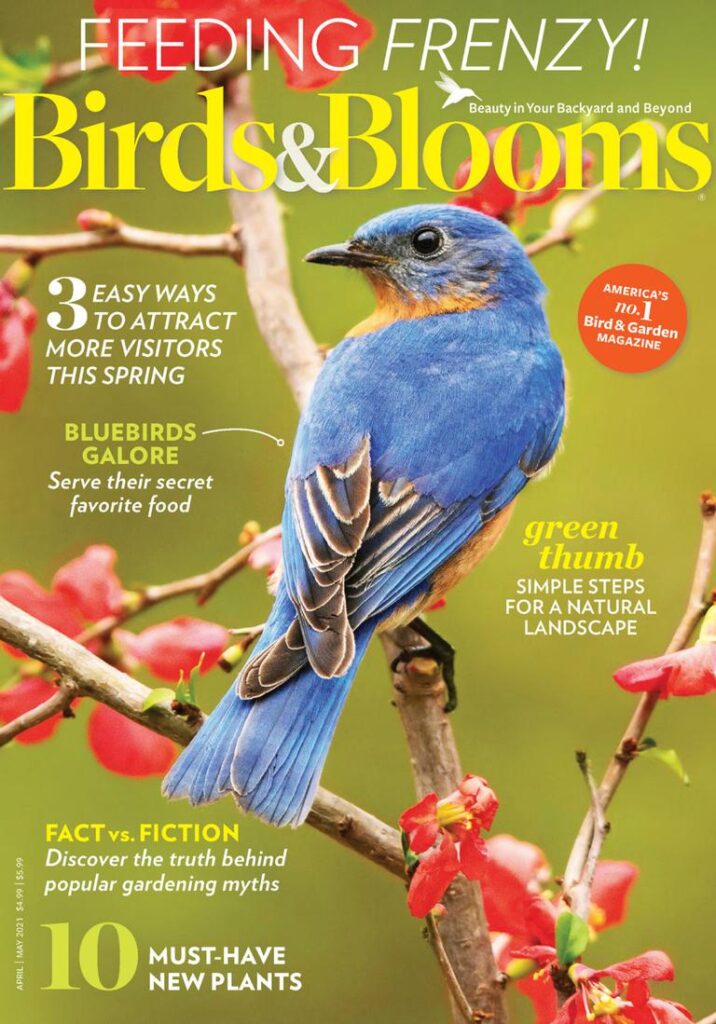
To round out our review, I want to mention Birds & Blooms, a magazine that focuses more on backyard birding and creating gardens that provide birds with the resources they need. It’s definitely given me a greater appreciation of the many plants that benefit birds and butterflies. If only I had more time for yard work! Subscribe here.

